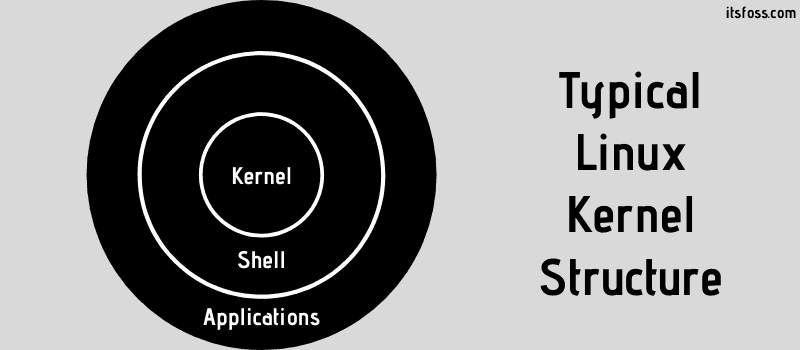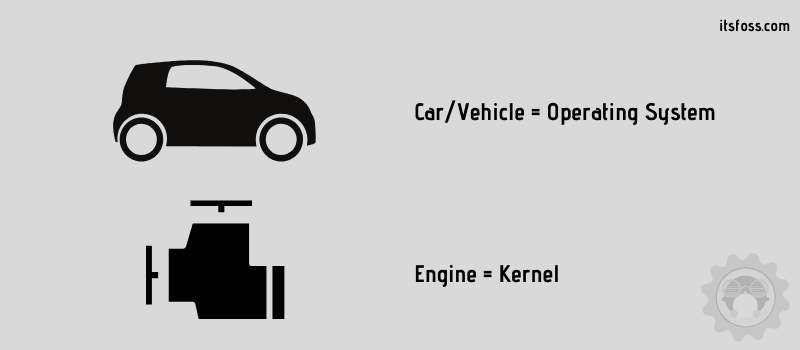Introduction
Linux is an open-source operating system kernel originally created by Linus Torvalds in 1991. It is the foundation of many different Linux distributions, which are complete operating systems that include the Linux kernel along with a collection of software applications and tools. Linux is known for its stability, security, and flexibility, and it is widely used in servers, supercomputers, and embedded systems. It is also popular among developers and enthusiasts for its customization options and community-driven development model.
Linux is just a kernel
Linux is not an operating system; it’s just a kernel.

- That is absolutely correct. However, let’s take a different approach. Think of operating systems as vehicles: any kind of vehicle, be it a motorbike, a car or a truck.
- What is at the core of a vehicle? An engine.
- Think of the kernel as the engine. It’s an essential part of the vehicle and you cannot use the vehicle without it.

But you cannot drive an engine, can you? You need many other things to interact with the engine and drive the vehicle. You need wheels, steering, gears, a clutch, brakes and more to drive a vehicle on top of that engine.
Similarly, you cannot use a kernel on its own. You need lots of tools to interact with the kernel and use the operating system. These things could be a shell, commands, the graphical interface (also called desktop environment), etc.
This makes sense, right? Now that you understand this analogy, let’s take it further so that you understand the rest of it.
The kernel is not something exclusive to Linux. You may not have realized, but Windows, macOS and other operating systems have a kernel underneath as well. Microsoft Windows operating systems are based on the Windows NT kernel. Apple’s macOS is based on the XNU kernel.
- kernel = engine
- Linux kernel = specific type of engine
- desktop operating systems = cars
- server operating systems = heavy trucks
- embedded systems = motorbikes
- desktop environments = body of the vehicle along with interiors (dashboard etc.)
- themes and icons = paint job, rim job and other customizable features
- applications = accessories you use for a specific purpose (like the music system)